The U. S. Virgin Islands, America's Paradise
By Louis S. Luzzo, Sr.
Ever since I was a teen and I took my first trip to the Caribbean, I have been enamored and fascinated by the tropical island lifestyle. From the palm trees, which I'm thrilled to say I now have in my yard being a resident of Southwest Florida, to 'da occent mon', something about the calypso sounds of the steel pan, the warm trade winds, the white sand beaches and the friendly people of the islands has always given me a feeling of peace and well being. I love the lifestyle, the food, the serenity of it all. I have been fascinated and enraptured by all things tropical now for well over.....ok, there's no need to get technical, you get the picture!
Take 10 days on any tropical island in the Caribbean and by the middle of your first week of white sands and crystal clear waters, oh, and of course after a few Pina Coladas (or any other island concoction with a little yellow or pink umbrella in it), you can't help but to achieve what Michael, a friend of mine who lives in the Bahamas calls, the "pace of the Caribbean." He states, "Here in Paradise mon, everyteen ees stopped.......but steeel moovin." (I love that accent!)
It's no wonder that so many people across the globe think of nowhere else to go with their vacations than to the turquoise blue waters of the Caribbean. What some Americans may 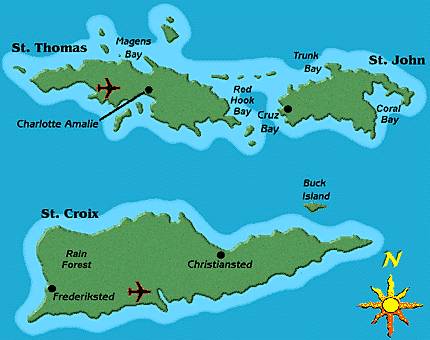 not realize, is that we have a part of paradise that we call our own, the U.S. Virgin Islands. No passport needed here, just your driver's license and some sun block. That is, of course if, you are an American citizen. More and more, vacationers are discovering these jewels of the Caribbean, and with 2 of the 10 best beaches in the world much less the Carribbean, most are finding out that they may have overlooked what is right here in 'our own back yard.'
not realize, is that we have a part of paradise that we call our own, the U.S. Virgin Islands. No passport needed here, just your driver's license and some sun block. That is, of course if, you are an American citizen. More and more, vacationers are discovering these jewels of the Caribbean, and with 2 of the 10 best beaches in the world much less the Carribbean, most are finding out that they may have overlooked what is right here in 'our own back yard.'
St. Thomas
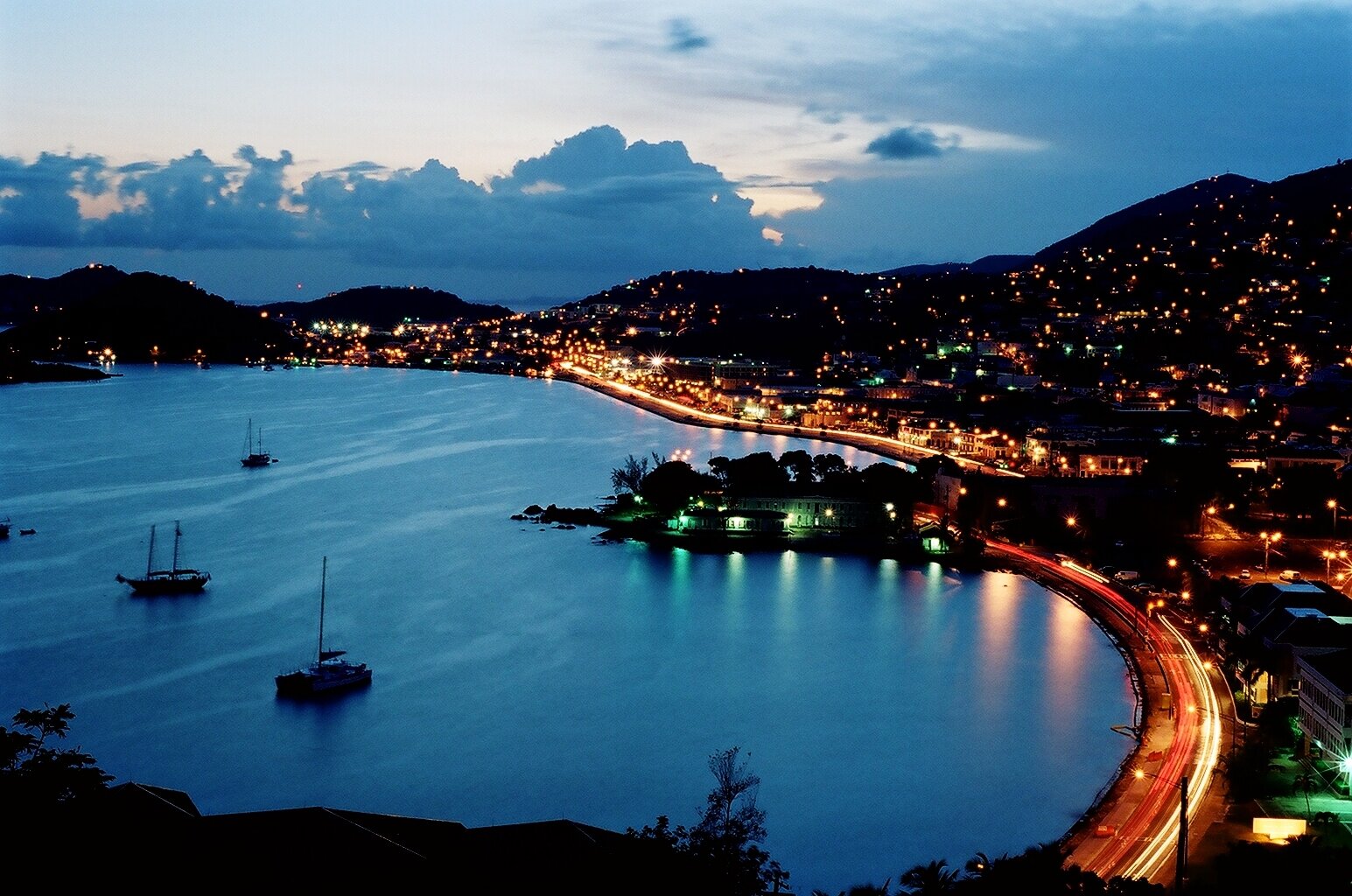
Charlotte Amalie
 In 1671, Danish settlers created a permanant colony on St. Thomas, the capital of the US. Virgin Islands and most cosmopolitan of the three islands, which boasts a colorful history of swashbuckling pirates. They named the colony after their queen, Charlotte Amalie of Hesse-Kassel, built Fort Christian and established plantations. Charlotte Amalie, which showcases some of the best
In 1671, Danish settlers created a permanant colony on St. Thomas, the capital of the US. Virgin Islands and most cosmopolitan of the three islands, which boasts a colorful history of swashbuckling pirates. They named the colony after their queen, Charlotte Amalie of Hesse-Kassel, built Fort Christian and established plantations. Charlotte Amalie, which showcases some of the best 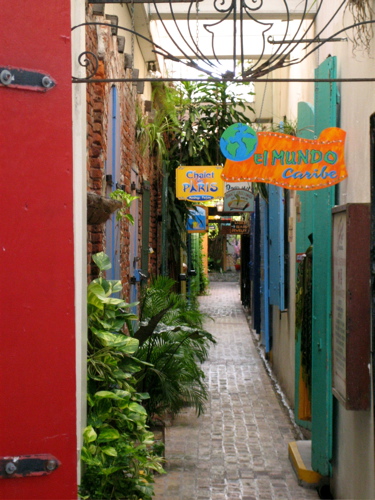 displays of colonial architecture anywhere in the Caribbean, was actually Denmark's second largest city in the 1840s.
displays of colonial architecture anywhere in the Caribbean, was actually Denmark's second largest city in the 1840s.  Along the waterfront, centuries old warehouses that once contained molasses, rum and spices are now filled with hundreds of duty free shops. Great sights abound also, with a view of Hassel Island, located in the middle of one of the Caribbeans largest and busiest deep water ports. Named for our own Gourmet Guy's ancestors, the Hassels, 125 of this little island's 135 acres is now owned by the Virgin Islands National Park.
Along the waterfront, centuries old warehouses that once contained molasses, rum and spices are now filled with hundreds of duty free shops. Great sights abound also, with a view of Hassel Island, located in the middle of one of the Caribbeans largest and busiest deep water ports. Named for our own Gourmet Guy's ancestors, the Hassels, 125 of this little island's 135 acres is now owned by the Virgin Islands National Park.
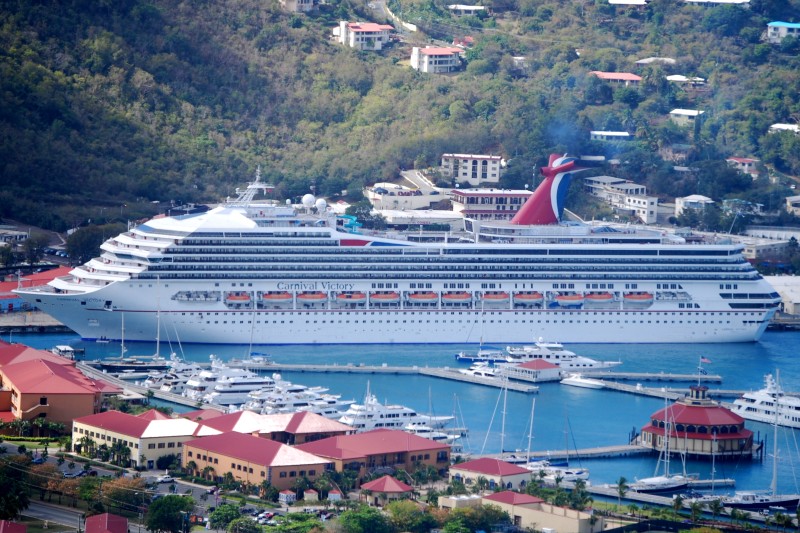 Havensight
Havensight
Havensight is an area two miles east of Charlotte Amalie. It is the location of one of the island's cruise ship terminals, as well as many shops, and the Havensight mall. St. Thomas is one of the most cruise-ship visited islands in the Caribbean and has some of the best duty free shopping in this part of the world. About 1.5 million cruise ship passengers land here each year.
Fort Christian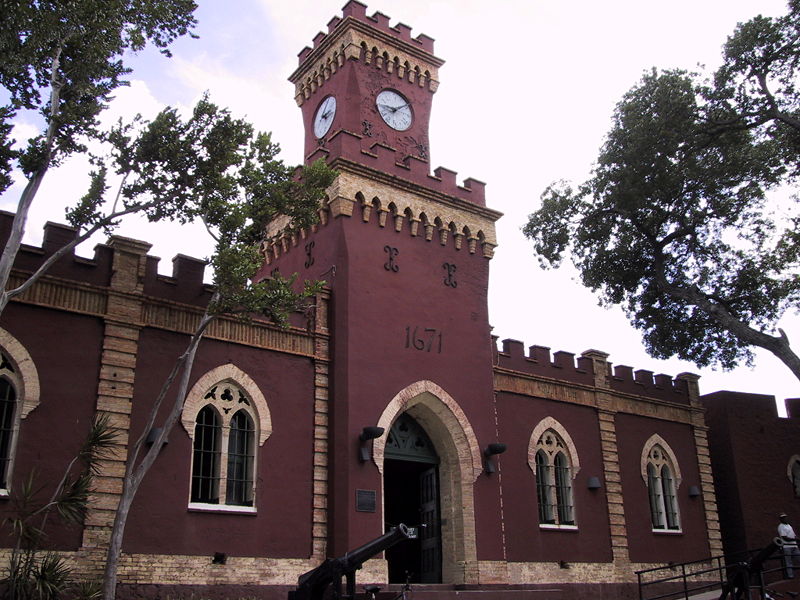
The fort was constructed in the 1600s by the Danish government who occupied the small Caribbean island. As the oldest standing structure in the U.S. Virgin Islands, this fort has served as a town center, a government building, and a jail. It currently holds the St. Thomas Museum, which holds artifacts and art of the Danish period.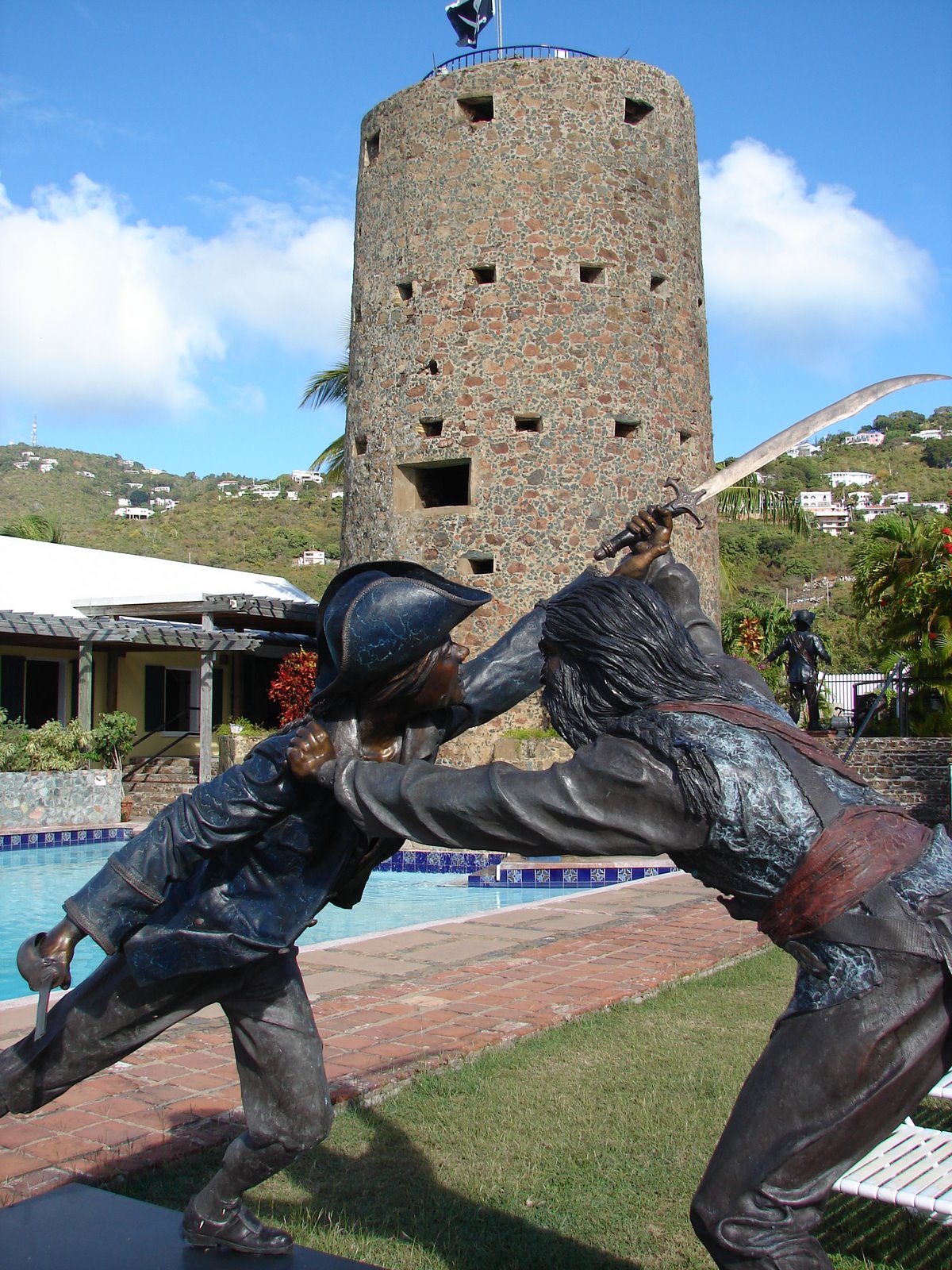
The 99 Steps
There are actually 103. Starting on Government Hill and ending right above Haagenhouse, this is a very popular attraction and when you reach the top, you'll find Blackbeard's Castle. Bricks to build the steps were brought from Denmark as ballast in the hold of many sailing ships.
Coki Beach
 One of the most popular beaches the island has to offer is Coki Beach, famed for its crystal clear waters and home to Coral World. Here you can rent snorkels and explore the crags and caves of corals reefs located just off the beach and see all kinds of tropical reef fish. If you visit, this beach, be sure to check out some of the marvelous driftwood carvings and custom hand crafted sandals with Peter Eloi, and tell him Lou and Elaine sent you.
One of the most popular beaches the island has to offer is Coki Beach, famed for its crystal clear waters and home to Coral World. Here you can rent snorkels and explore the crags and caves of corals reefs located just off the beach and see all kinds of tropical reef fish. If you visit, this beach, be sure to check out some of the marvelous driftwood carvings and custom hand crafted sandals with Peter Eloi, and tell him Lou and Elaine sent you.

Magen's Bay
St. Thomas is also home to one of the top ten beaches in the world, at # 5 last we checked, Magen's Bay. Shaped like a heart and located on the North Atlantic side of the island, Magen's Bay is a well-protected white sand beach stretching for nearly a mile. It is one of the most popular tourist destinations on the island. Entrance fee to the beach is four dollars per person. Legend has it, Sir Francis Drake used the bay as an anchorage while waiting for ships to plunder.
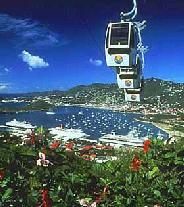 Paradise Point
Paradise Point
One of the very cool things to do, is take the Sky Ride up 700 feet to the crest of Flag Hill, to a spot called Paradise Point, where views at sunset from the observation deck are spectacular. There is also a 1/4 mile hiking trail for the more adventurous, which will take you aproximately 100 feet higher than the observation deck. You'll be greeted along the way by wild parrots, mongoose, iguanas and geckos. There is a bar and grill at the top for casual lunches or a tropical drink or two as you check out the stunning views of the harbor.
Dining
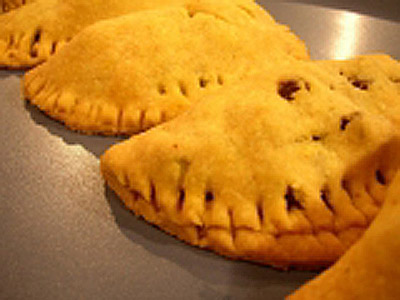
Carribean Patties
Excellent restaurants abound all throughout the island with cuisines ranging from Caribbean and Dutch to classical French, but for us, the real taste of the islands is located around the many little shops of Market Square. It is here that you can get fresh made Caribbean patties (like an epanada or pastiche), containing either saltfish(cod), chicken and beef, or wonderfully warm Johnnycakes and superb Guavaberry Tarts (Elaine's favorite), that are sold sometimes from the trunks of cars or from the many food trucks in and around the market.  Johnnycakes
Johnnycakes
My favorite for breakfast was a nice saltfish pattie 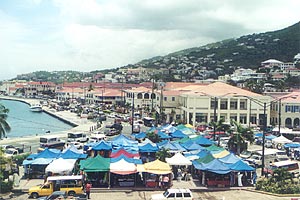 with a hot steaming cup of coffee followed by a buttery Johhnycake!
with a hot steaming cup of coffee followed by a buttery Johhnycake!
Now dats island eatin, mon!
St. John
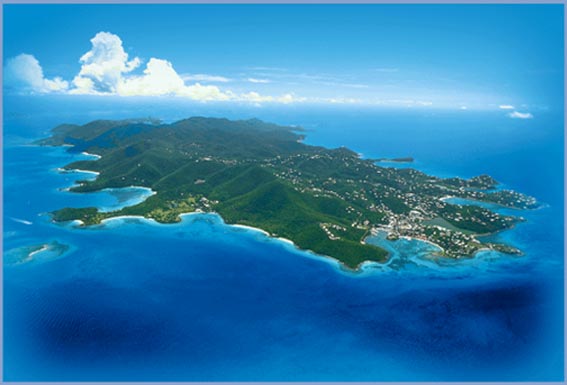
In 1956 Lawrence Rockefeller, through the non-profit organization Jackson Hole Inc., donated 5000 acres of land on St. John to the National Park Service. On August 2nd of the same year, the United States Congress passed legislation to establish the Virgin Islands National Park. The legislation stipulated that the Park's holdings on St. John could not exceed 9,485 acres. St. John contains a total of 12,500 acres. In 1962 the boundaries of the Virgin Islands National Park were expanded to include 5,650 offshore areas consisting of submerged lands and waters and containing a significant amount of coral reefs, shorelines and marine life. In 1978 the Park again expanded to include Hassel Island, a small island located in St. Thomas' Charlotte Amalie Harbor. The park 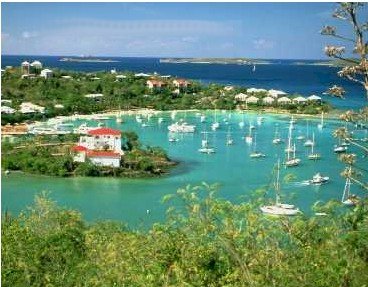 service today continues to protect the natural and historic treasures of Hassel Island and St. John.
service today continues to protect the natural and historic treasures of Hassel Island and St. John.
 Cruz Bay
Cruz Bay
A short ferry ride from St. Thomas is it's little sister island, St John. Just 20 square miles , it is home of the Virgin Islands State Park and surrounded by some of the best and most abundant undersea wildlife in the Caribbean, this is the place to experience secluded coves, beaches, sun and sand that is the quintessential picture of a deserted tropical island.
island.
By no means deserted, when you first arrive at Cruz Bay, just a short walk from the dock you are greeted by the visitor's center, boutiques, restaurants and taxis to take you to one of the many beaches and destinations around the island. Stop by the Marketplace, an all inclusive Caribbean-style palazzo or Mongoose Junction, for excellent shopping and dining. The real attraction here, though, is the State Park and the beaches.
Trunk Bay
Voted the second most beautiful beach in the world, this little spot of paradise is home to a famed underwater snorkel trail. It is everything you could hope for in a tropical beach, with pristine sugar white sand and crystal clear waters. Never packed with tourists, it is very easy to find a secluded patch of beach behind on of the many trees that overhang the shoreline and relax while enjoying the warm waters.
Hawksnest Bay
This beautiful bay is the site of scenes shot for one of my favorite movies starring Alan Alda, The Four Seasons.
Virgin Islands State Park
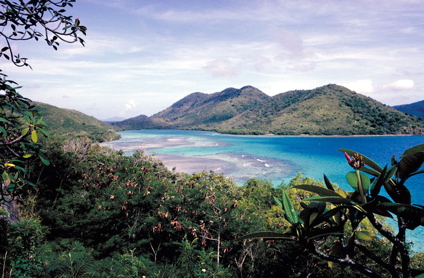 Three fifths of St. John is the national park. This vast natural area is home to over 1000 varieties of plants, including bay rum trees, mahogany forests. Fruit treees such as mango, papaya, genip and plantain and at least 20 different types of orchids. There are many different trails and most information can be accessed at
Three fifths of St. John is the national park. This vast natural area is home to over 1000 varieties of plants, including bay rum trees, mahogany forests. Fruit treees such as mango, papaya, genip and plantain and at least 20 different types of orchids. There are many different trails and most information can be accessed at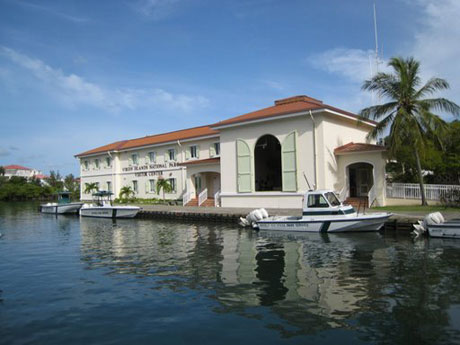 the Visitor's Center in Cruz Bay. If you rent a jeep to explore the island, don't be surprised if goats and donkeys and other wildlife from the forest greet your jeep. Some of the most spectacular water views you will ever encounter await you around every trun.
the Visitor's Center in Cruz Bay. If you rent a jeep to explore the island, don't be surprised if goats and donkeys and other wildlife from the forest greet your jeep. Some of the most spectacular water views you will ever encounter await you around every trun.
 Annaberg Plantation Ruins
Annaberg Plantation Ruins
Built from 1797 to 1803 The Annaberg Sugar Plantation is a well preserved example of colonial industry. It produced Sugar, Molasses and Rum. Staff offers presentations a few times a week, or explore on your own.
Nightlife is scarce, if any at all, as this islands main attraction is a relaxing day soaking up the sun and sand of one of the 'Jewels of the Caribbean"
St Croix
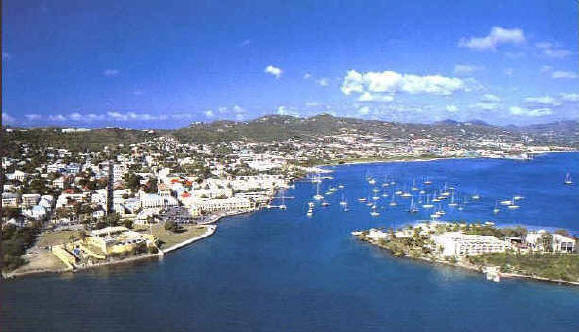
Known for its plethera of historic treasures, this is the largest of the Virgin Islands at twenty-eight miles long and seven miles across. Christopher Columbus landed here on the Salt River on his 2nd voyage in 1493, naming the island Santa Cruz. After buying the island from the French in 1733, the Dutch planned more than 300 sugar plantations for the island, which resulted in great fortunes for  those plantation owners who converted the cane into rum, sugar and molasses. America's first trade secretary, Alexander Hamilton, grew up here learning about foreign currency as an orphan working for a Christiansted merchant. Point Udall here is the easternmost point of the United States.
those plantation owners who converted the cane into rum, sugar and molasses. America's first trade secretary, Alexander Hamilton, grew up here learning about foreign currency as an orphan working for a Christiansted merchant. Point Udall here is the easternmost point of the United States.
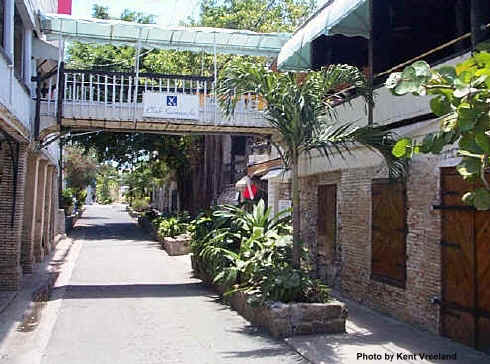
Christiansted
This unique caribbean town looks almost exactly as it did in the 18th century with graceful arcades. Yellow brick is used in most of the buildings having come from Denmark as ballast in sugar and rum sailing ships. Shops and restaurants lead to a boardwalk on the north.
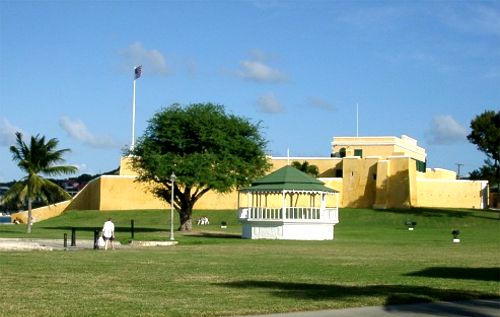 Fort Christiansvaern
Fort Christiansvaern
Completed by the Dutch in 1749 for protection from pirates, you can tour this historic site.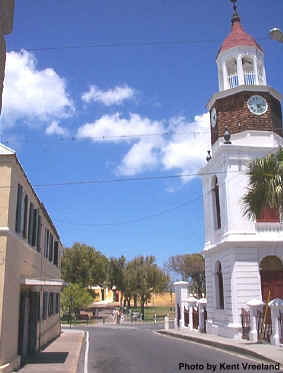
The Steeple Building
This landmark was built in 1743 and was St Croix's first Lutheren Church. Two sunday services were held each week. One in Danish and the second in Dutch-Creole for non whites.
T he Government House
he Government House
The Royal Danish government purchases and joined togerther two private homes in 1771 to create the administrative base for the Danish West Indies and is the St. Croix residence of the Governor of the U.S. Virgin Islands.
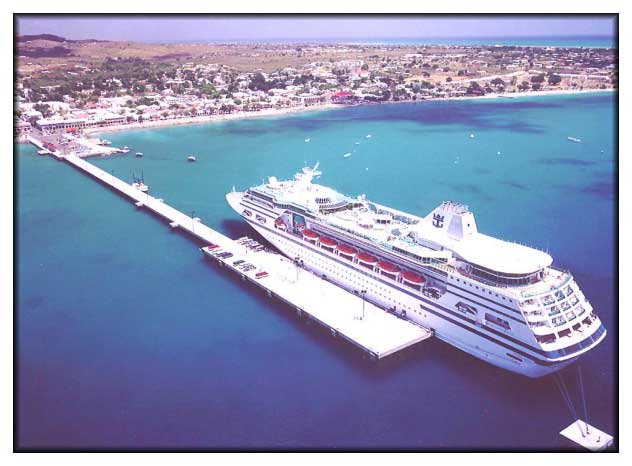
Frederiksted
Located on the west side of the island, this town also serves as St. Croix's Seaport. Established in 1751 and named after King Frederik V.
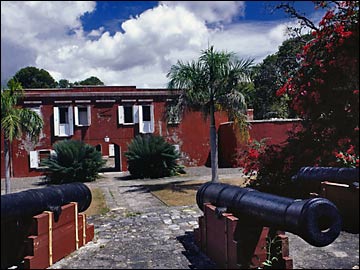
Fort Frederick
Finished in 1760, this was the western defense of the island.
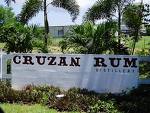
Cruzan Rum
Rum has been made here for over 300 years and is made nearby at the Cruzan Distillery. Tours are offered Monday thru Friday. Yes, yes all you rum lovers, a sample is included in the tour!



